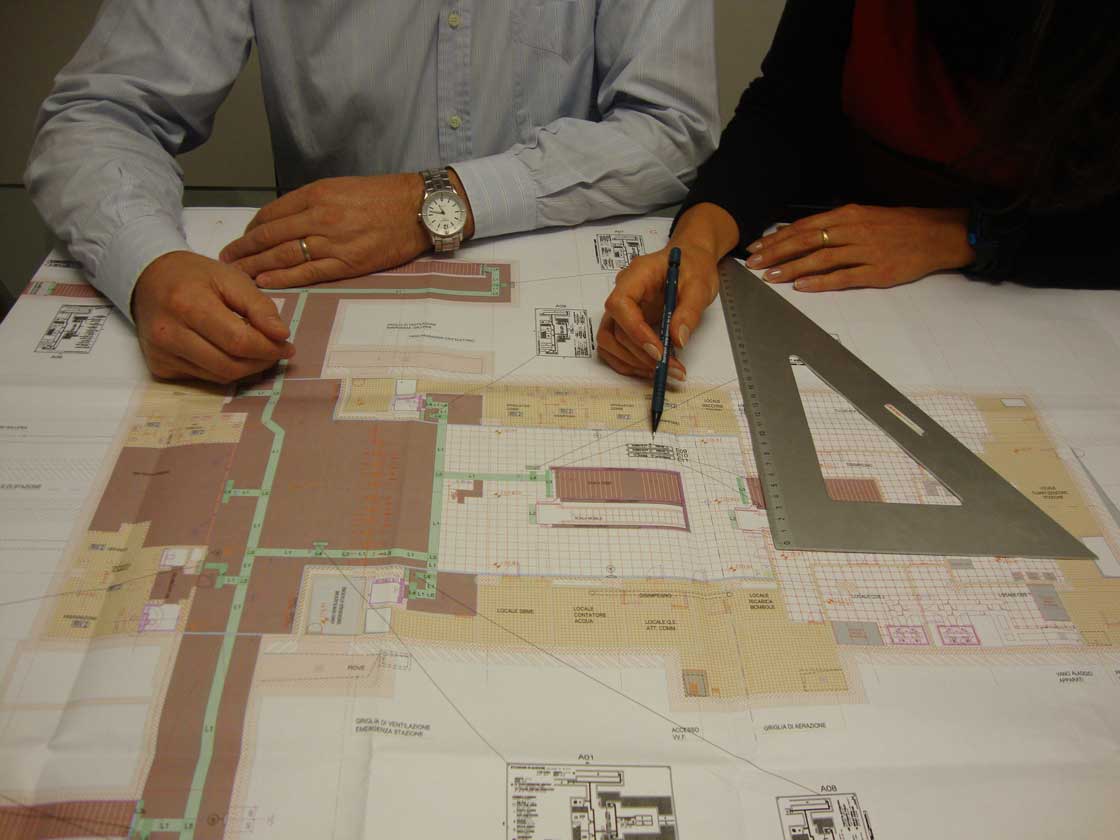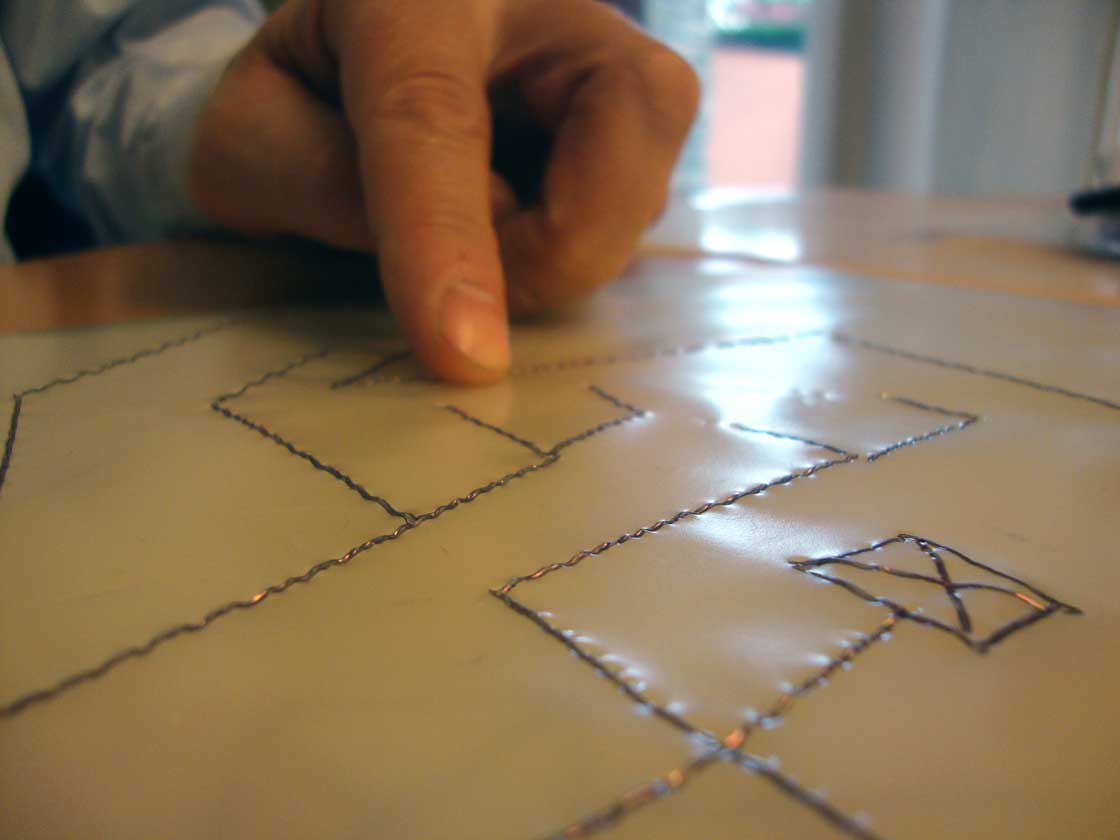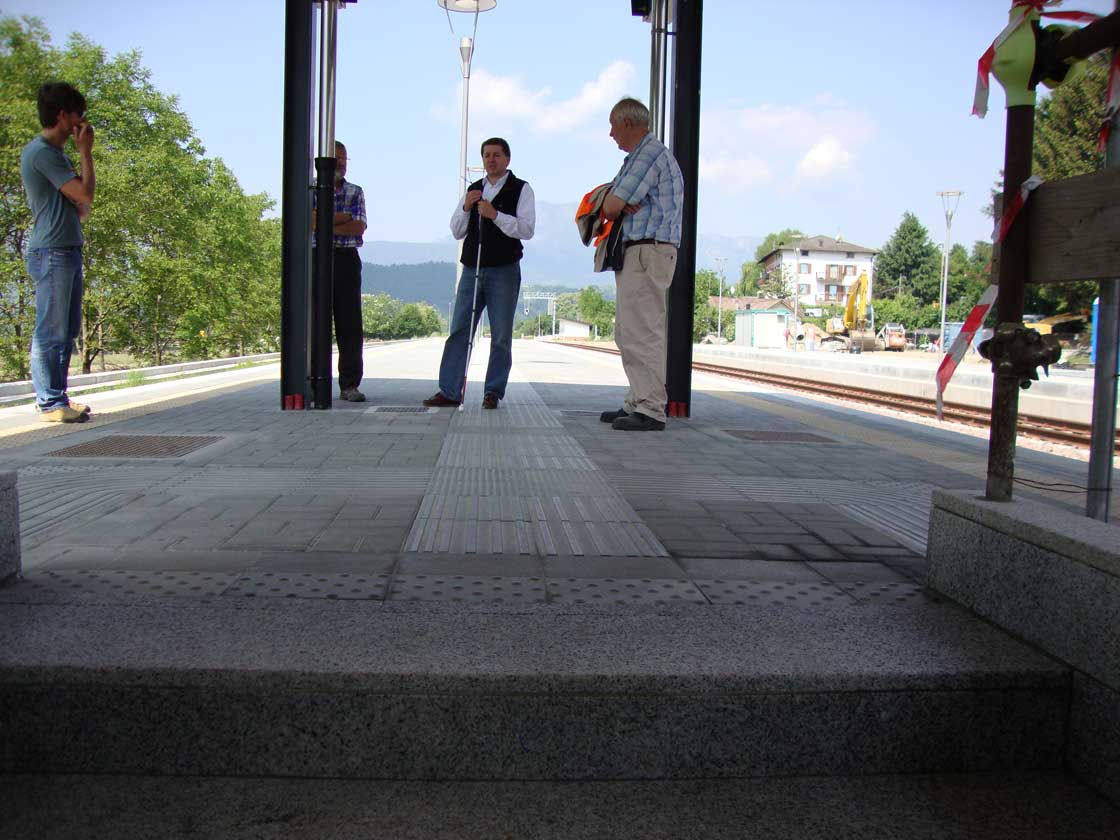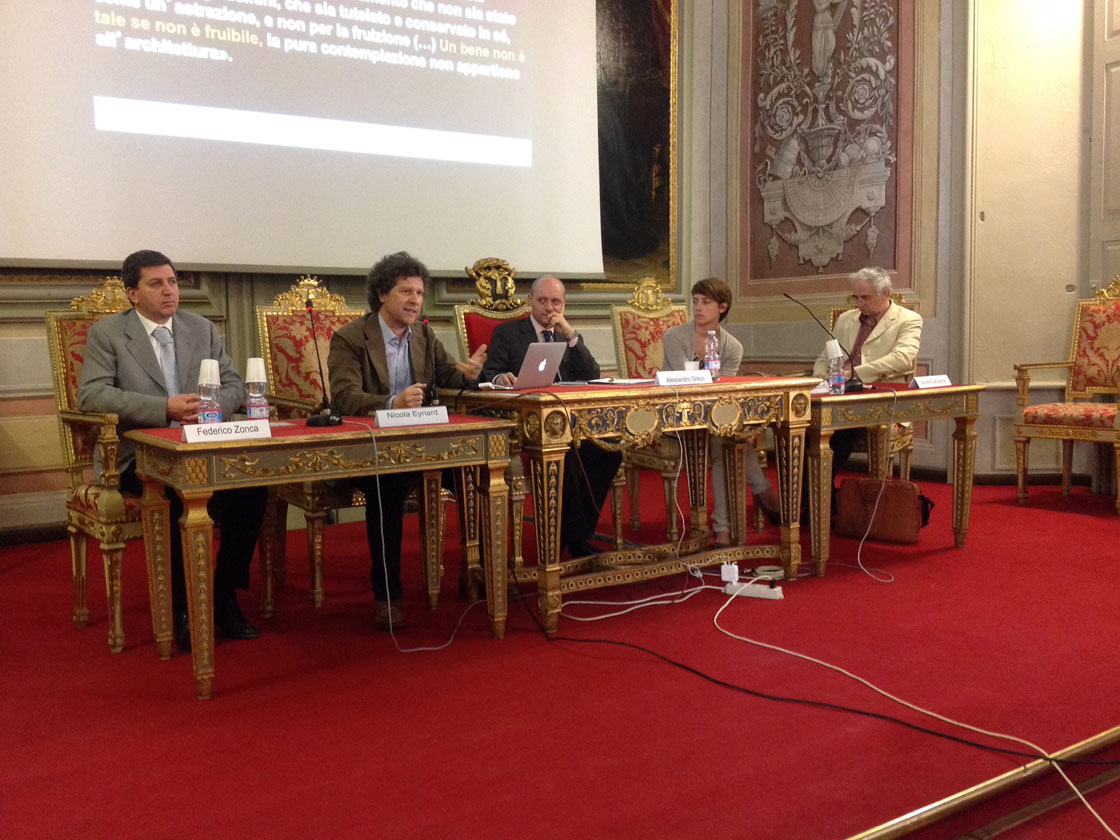Happy Vision and its highly-qualified technicians and outside experts provide consultancy to public bodies and companies to ensure accessibility in new buildings and to remove architectural barriers to people with motor and sensory impairments in existing buildings.
In Italy, there are numerous regulations and laws governing the removal of architectural barriers, but unfortunately in most cases designs do not comply with them.
For example, one thinks of ramps for wheelchairs or restrooms for the disabled but little thought is given to other disabilities, especially sensory impairments that involve problems of orientation, for example: elderly people, people who are partially sighted or unsighted and deaf.
Thinking about accessibility already during the design stage enables the right integrated solutions for the environment to be identified and that avoids having to resort to adaptations at a later stage that will definitely be more expensive.
Happy Vision can also assess the current accessibility of locations and select the pathways to be preferred to ensure independent and safe mobility.
In order to be able to assist you, we need to have DWG drawings of the area concerned and all the information that is useful for knowing the prevalent flows, the most significant directions, the various services intended for users and the connections between different transit services, train, subway and tram stops, disabled parking and areas closed to the public.
Designing accessibly means above all not inserting obstacles that for a visually impaired person could be protrusions along a wall or pillars along the sidewalk; designing accessibility means identifying and exploiting the natural guides that the visually impaired person can use to move independently and safely: for example on a sidewalk the curb and the wall are natural guides that can mark safely the visually impaired person's transit area; designing accessibility means inserting aids to orientation and maintaining the direction (tactile signage, tactile pathways, possible audio information through smartphone apps) when there are no natural guides.
Accessible design means being able to move around blindfolded without getting hurt: Happy Vision is able to offer this result in airports, train stations, subway stations, city streets, schools, hospitals, parks, museums ... all public or private places open to the public.
Federico Zonca, the owner and technical director of Happy Vision, who gradually became blind, has the sensitivity of the user and the competence of an expert for identifying the most appropriate design solutions.
Design










